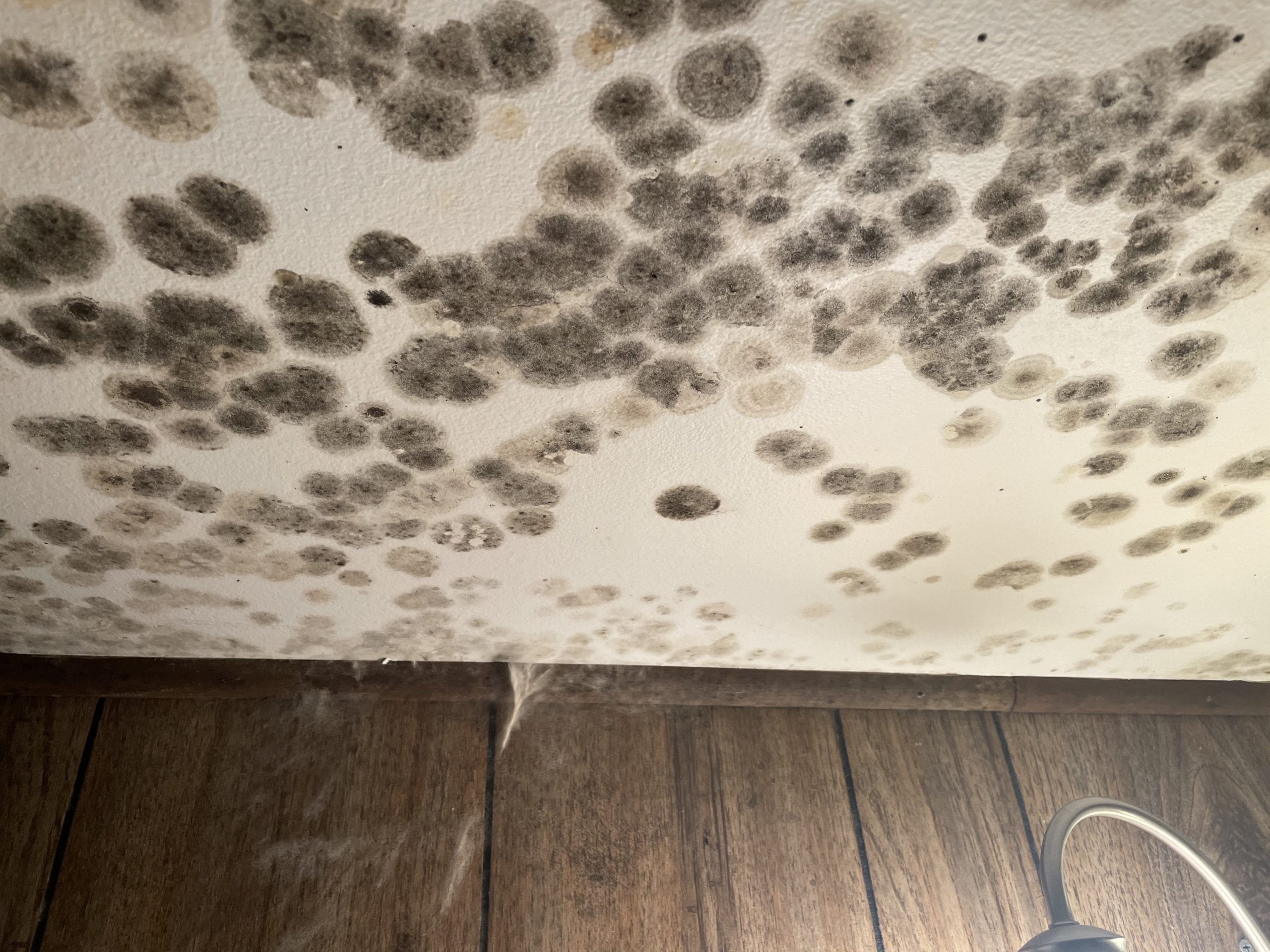Most allergic responses to mold involve hay fever-type symptoms that can make you miserable, but aren’t serious. However, certain allergic conditions caused by mold are more severe. These include:
- Mold-induced asthma. In people allergic to mold, breathing in spores can trigger an asthma flare-up. If you have a mold allergy and asthma, be sure you have an emergency plan in place in case of a severe asthma attack.
- Allergic fungal sinusitis. This results from an inflammatory reaction to fungus in the sinuses.
- Allergic bronchopulmonary aspergillosis. This reaction to fungus in the lungs can occur in people with asthma or cystic fibrosis.
- Hypersensitivity pneumonitis. This rare condition occurs when exposure to airborne particles such as mold spores cause the lungs to become inflamed. It may be triggered by exposure to allergy-causing dust at work.
Besides allergens, mold may pose other health risks to susceptible people. For example, mold may cause infections of the skin or mucus membranes. Generally, however, mold doesn’t cause systemic infections except for people with impaired immune systems, such as those who have HIV/AIDS or who are taking immuno-suppressant medication. Exposure to mold may also irritate eyes, skin, nose and throat in some people. Other possible mold reactions are the subject of ongoing research.
A number of factors can make you more likely to develop a mold allergy, or worsen your existing mold allergy symptoms, including:
- Having a family history of allergies. If allergies and asthma run in your family, you’re more likely to develop a mold allergy.
- Working in an occupation that exposes you to mold.Occupations where mold exposure may be high include farming, dairy work, logging, baking, millwork, carpentry, greenhouse work, winemaking and furniture repair.
- Living in a house with high humidity. If your indoor humidity is higher than 60 percent, you may have increased exposure to mold in your home. Mold can grow virtually anywhere if the conditions are right — in basements, behind walls in framing, on soap-coated grout and other damp surfaces, in carpet pads, and in the carpet itself. Exposure to high levels of household mold may trigger mold allergy symptoms.
- Working or living in a building that’s been exposed to excess moisture. Examples include leaky pipes, water seepage during rainstorms and flood damage. At some point, nearly every building has some kind of excessive moisture. This moisture can allow mold to flourish.
- Living in a house with poor ventilation. Tight window and door seals may trap moisture indoors and prevent proper ventilation, creating ideal conditions for mold growth. Damp areas, such as bathrooms, kitchens and basements, are most vulnerable.









